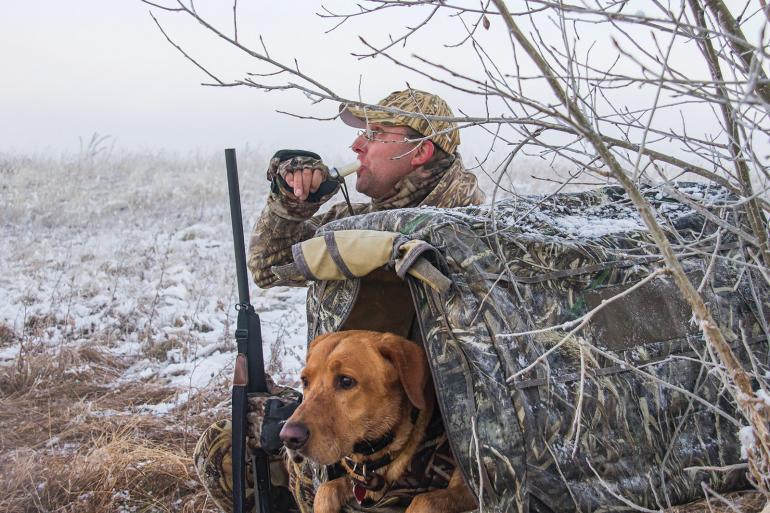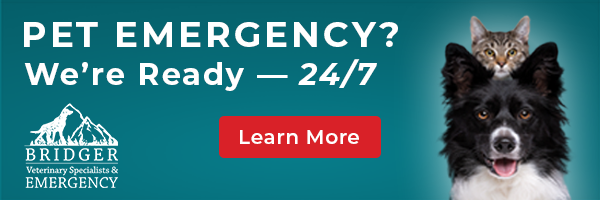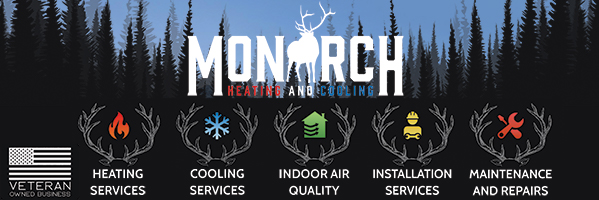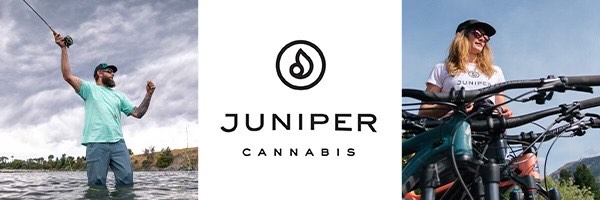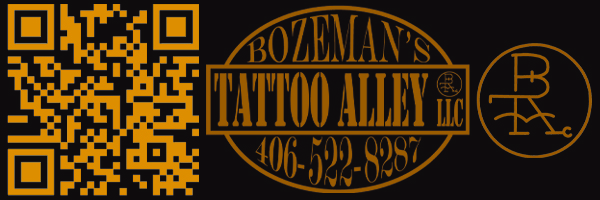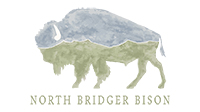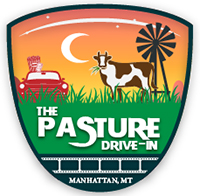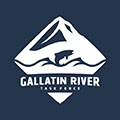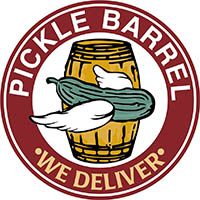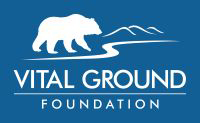Looking Up
Learning from my dog’s first hunt.
First hunts for a dog are more introduction than trial. They are the culmination of many lessons, corrected failures, and increasing hopes that this bundle of fur and bones has been melded into a serviceable retrieving companion. For Cane, my Chesapeake Bay Retriever, training sessions began shortly after weaning and settling into his new home. A soft bumper was loftily tossed in front of him with following encouragement to focus his efforts. Progress was slow, but once learnt, a task did not need to be retaught.
Yet still, there are some things a dog cannot be taught. A good ducking dog must posses a natural instinct to retrieve, and the innate desire to elevate performance—things oftentimes only revealed on a first hunt. And this is how it went with Cane.
The place was new to Cane and the smells unknown. He investigated with a cautiousness that lacked timidity.
The duck hunt began as they all do: in the blackness of night. Cane carried only the excitement of a routine ride in the truck and not that of the seasoned expectation he would find after his first year. I parked and collected my decoys and shotgun before releasing him into the pre-dawn air. A mild winter morning is some of the most pleasant weather a duck hunter will see, which makes it ideal for a dog on his first trip. The place was new to Cane and the smells unknown. He investigated with a cautiousness that lacked timidity. A sharp two-note whistle brought him from unseen to my left hip. Sharp and quick, he responded with an awareness that this was not an ordinary morning.
Trucking my gear into the blind and setting a spread, I allowed Cane the freedom to inspect and acquaint himself with his new office. It would just be us this morning, and I allowed him to sit up on the bench instead of place, usually an old bath mat on the ground in the corner. Always on guard, Cane used this slight vantage to peer over the edge into the waiting darkness. We’d arrived early to the set to give it time to cool down, and we still had an hour until the sun rose.
When the light was finally legal it revealed an empty spread: the birds had vanished.
A jingling from Cane’s collar let me know that he had abruptly moved his head in the darkness. A moment passed and it happened again. I clicked on my headlamp and his green eyes were pointing up. Then I heard it: wings. Cursing myself, I turned off my lamp. “Good boy.” Ducks move before first light and the whistling from their wings announces their incoming. Cane had never heard them before. And until the sun emerged, the source of these mystery sounds would remain cloaked. More jingles followed when whooshing wings beat nearby. A few faint splashes let me know that birds had landed in the spread before us. I marveled at Cane’s attention and ability to hear each bird flying over us.
When the light was finally legal it revealed an empty spread: the birds had vanished. Still, there was a flurry of movement above us as mallards, pintails, and wigeon in small flocks dashed against a gray clouded sky. Each one could be seen and Cane began to connect these sights with the sounds. He anticipated their arrival based on the noise of their flight and searched with his nose pointing soundward. And when they appeared, a crisp movement of his head would turn into a smooth following, until the ducks were out of sight. All morning they flew high, never offering a shot, but Cane knew what they were. He whined slightly when seven larger Canada geese lumbered over us.
I trust Cane’s ears now better than my own. I take cues from him that birds are coming, as he does from me to find them when down. He hunts with me, beside me in the blind, with his eyes. Successful hunts have connected the flying birds with shooting and his role of retrieving. In his first morning hunt, Cane acquired a discerning ear—and that is something that cannot be taught, only earned in the field.


